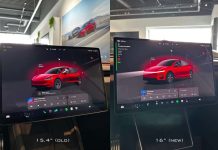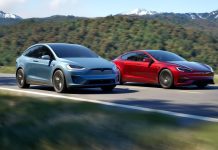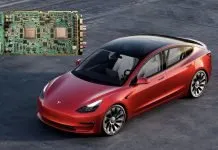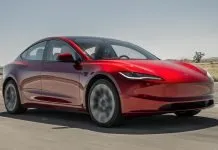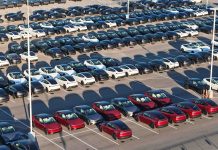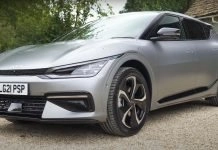Recently, a clip posted on X sparked discussions about Tesla’s latest Full Self-Driving (Supervised) release, version 14.2. The clip shows a driver appearing to be engaged with a mobile device while the car was driving on a road in FSD mode without any visible attention warning or alert.
Bruh. In 14.2 cell phone detection is massively relaxed!!! pic.twitter.com/nuP2CoUM00
— Ælectric Cyberfarmer (@rhensing) November 23, 2025
The post indicated “cell phone detection is massively relaxed,” which led to a conversation about whether the latest version of Tesla had relaxed recognizing the driver’s attention. While the context of the clip is at best circumstantial evidence of worsening attentiveness, it demonstrates a growing issue with the coexistence of advancing driver-assist capabilities and driving responsibly.

The More Capable the System, The Greater The Risk
The FSD (supervised) from Tesla has experienced remarkable advancements, especially as it transitions to a fully end-to-end neural network driving stack. Tesla provides the software as an advanced assistant that fully manages driving on challenging roads, but it is stated as a requirement that the human driver remains focused at all times. Drivers must pay attention, keep their hands prepared to take control, and be vigilant with their own decision-making all the time. While the technology has made tremendous advancements, it is not an autonomous system.
With v14, Tesla has made advancements in FSD abilities, including ergonomics, tools for better lane selection, and improved human-like driving. Additionally, the capability of the system encourages users to incorrectly take advantage of that level of functionality. For years, Tesla has been attempting to discourage users from over-trusting the systems with monitoring features.
The Video That Started It All
In the video, the driver seems to use a phone while the vehicle is in motion on a winding road. The car’s interior camera, the same one Tesla uses to track the driver’s line of sight and body position, does not display any alerts during the time captured in the video. The post context claims that FSD v14.2 allows this behavior more aggressively than previous iterations.
This would be noteworthy because previous iterations, particularly FSD from late-2023 through early-2024, were known to be very strict. Drivers frequently reported receiving visual alerts for even the slightest glance down or simply for wearing sunglasses that obscured the driver’s line of sight. Tesla’s system could escalate any sort of alert from a visual cue to an audible chime, to even a “strike,” which would engage for the remainder of the trip and suspend driver supervision.
Has Tesla Relaxed Its Restrictions?
So, the claim that FSD v14.2 may have relaxed these checks is significant. If the system really did allow for more inattentiveness, leading to a lesser likelihood that the driver would receive a warning, then clearly, the potential for the driver to become more comfortable doing other things, such as reaching for a phone device, at highway speeds would exist.
Tesla’s innovations are leading the way in AI-driven driving, but the best neural networks in the world cannot erase the variability of the real world. Continuous driver-monitoring remains a fundamental component of safe deployment.




